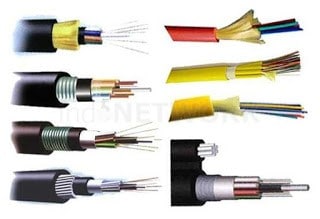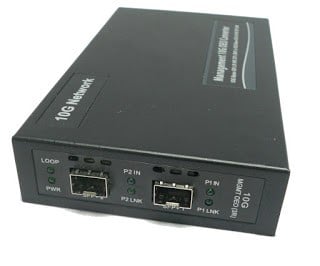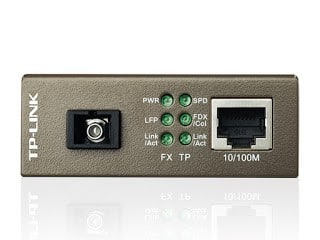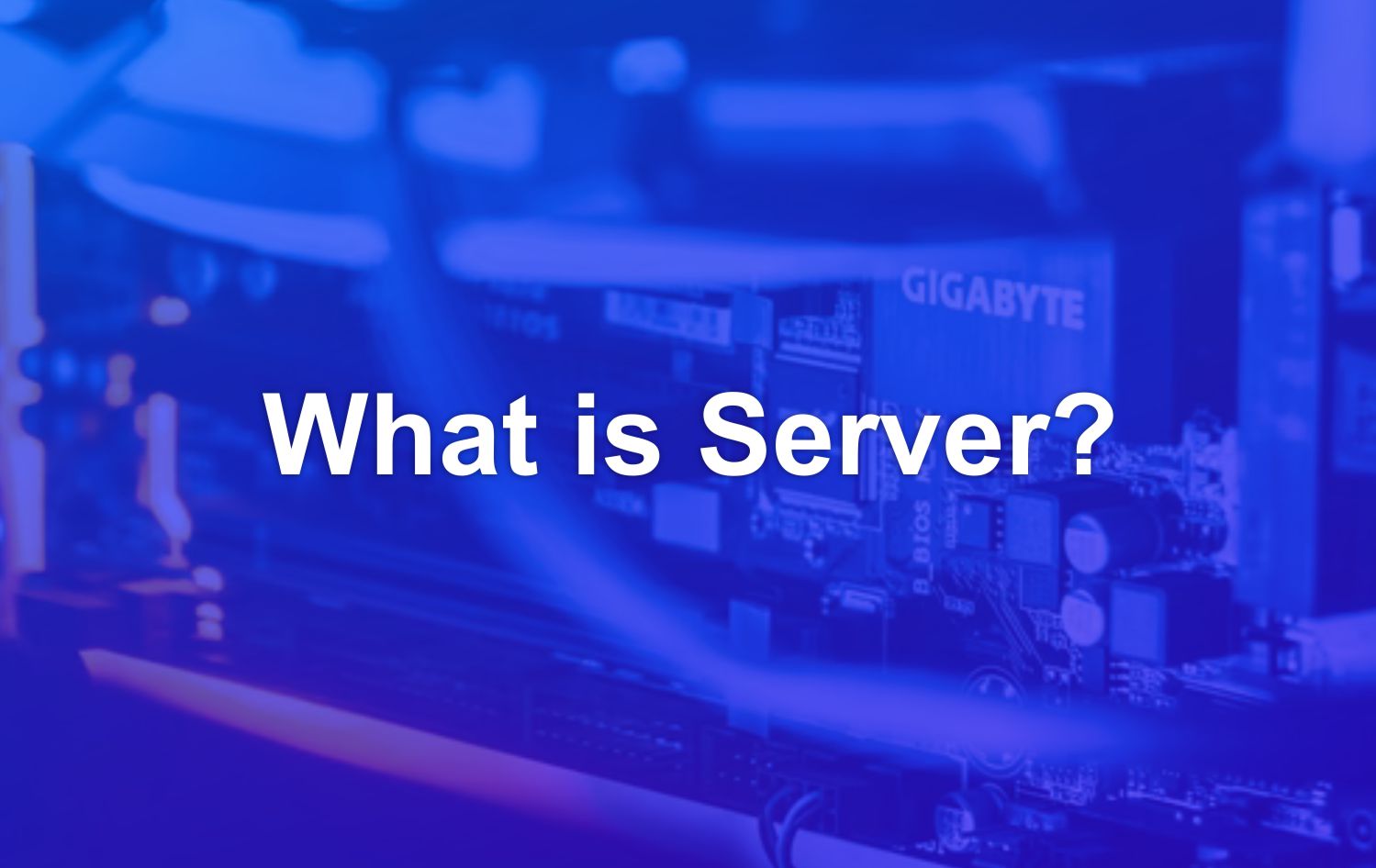A communication system is certainly not only supported by one or two components or devices. In it there must be a lot of alloy components that work together with each other. The combination and cooperation will produce many benefits for the ongoing transfer of information. Thus, it becomes a communication system .
In it there is a modulation process so that the actual information signals can be carried through the air. And upon arrival at the destination, the demodulation process will occur to reveal the original information again. If walking in a long distance then a signal booster is definitely needed.
components in a fiber optic communication system
The communication process on the fiber optic system also experiences the same thing as other communication systems. The five main components in a fiber optic communication system are as follows:
1. Information-carrying light
This is the origin of the fiber optic communication system. Light, a natural component that has many advantages is used so cleverly to carry data at very high speeds and bandwidths. All the advantages of light as if used here. High-speed light, light that is immune to interference, light that can travel far, you will feel everything by using this fiber optic media.
2. Optical Transmitter (Transmitter)

Optical transmitter is a component whose job is to transmit light signals into the carrier medium. In this component there is a process of converting analog and digital electronic signals into a form of light signals. This signal then serves as a correspondence signal for your data. Optical transmitters are physically very close to fiber optic media in their use. And even the optical transmitter is equipped with a lens that will focus light into the optical fiber media. The light source of this component can vary.

The light source that is usually used is a Light Emitting Diode (LED) or solid state laser diode. Light sources that use LEDs consume less power than lasers. But as a consequence, the light emitted by the LED cannot travel as far as the laser.
3. Fiber optic Core Cable
This component is the main actor in this system. Fiber optic cores usually consist of one or more optical fibers that will serve to guide the light from its original location to its destination. The fiber optic core is almost similar in construction to an electric cable, it’s just that there is a little extra protection to protect light transmission. Usually fiber optic cables can also be connected, but with a very complicated process. The process of splicing this cable is often referred to as splicing.

4. Optical regenerator / amplifier / repeater
Optical regenerator or light signal amplifier is actually a component that doesn’t need to be there when you use fiber optic media at close range. The light signal that you send will only degrade within approximately 50 km.

Therefore, if you do play remotely, this component becomes the main component as well. Usually the optical generator is connected in the middle of the fiber optic media to further amplify weak signals.
5. Optical receiver
The optical receiver has the task of capturing all the light sent by the optical transmitter. After the light is captured from the fiber optic media, then this signal will be decoded into digital signals which are nothing but the information sent. After decoding, the digital electrical signal is sent to the processing system such as to television, to computer equipment, to telephone, and many other digital devices. Usually this optical receiver is a light sensor such as a photocell or photodiode which is very sensitive and sensitive to changes in light.

Hopefully this little information can provide an overview for all of my friends who are studying and want to know about internet network technology using fiber optic media



